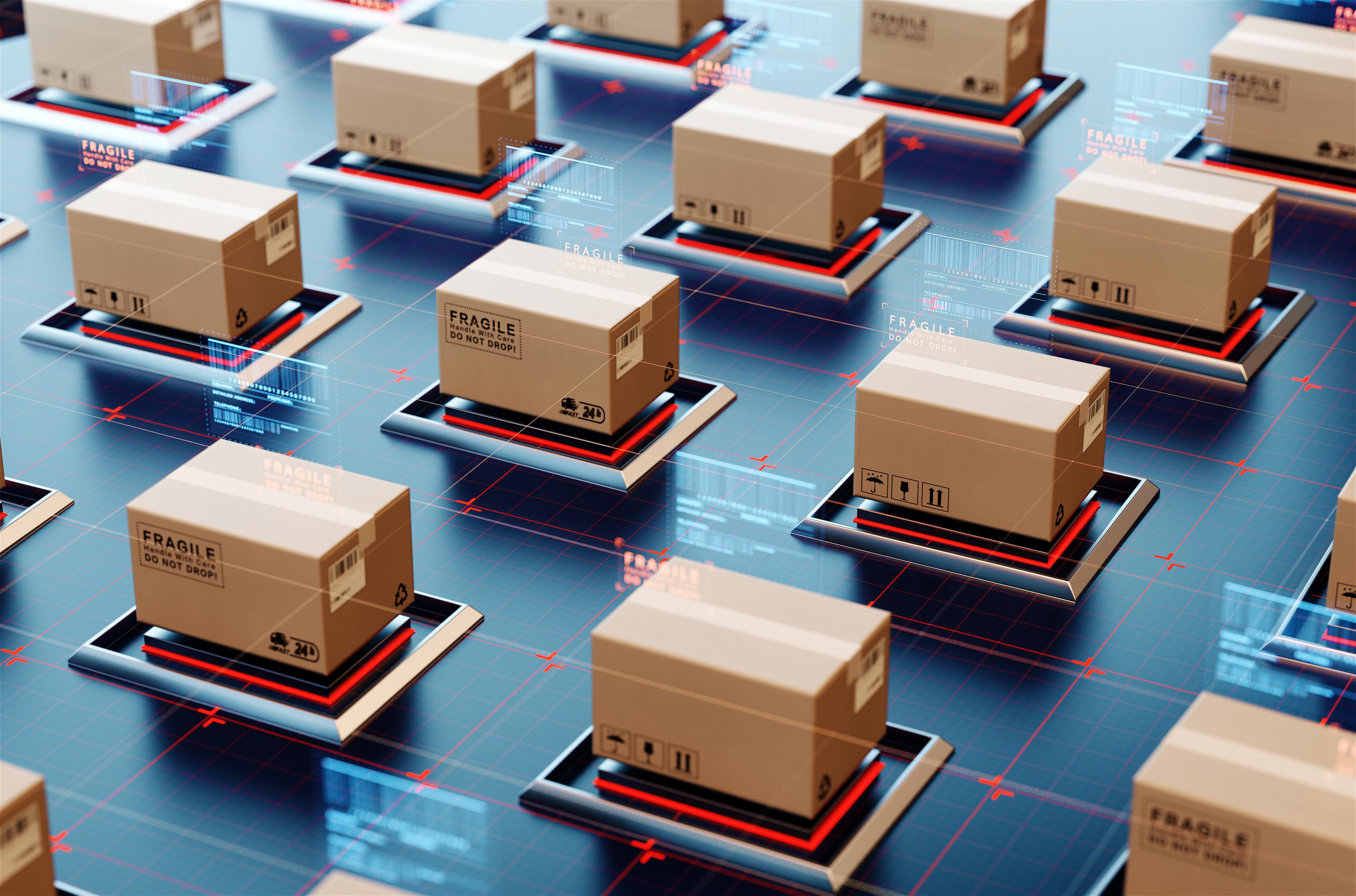Blog
The anti-corruption potential of the District Health Information Software 2 (DHIS2)

When the Covid-19 outbreak started, there was an urgent need for systems to track infection, recovery and death rates. Later, when Covid-19 vaccines came into the picture, it was important to monitor their procurement, delivery and distribution. Health Management Information Systems (HMISs) have been established to deliver these functions – using data to identify problems, prioritise interventions, find solutions, monitor performance and allocate resources. HMISs can be critical to a successful response in health emergencies – and they can be enormously helpful in identifying and tackling corruption risks.
However, many low- and middle-income countries (LMICs) still struggle to use health data to its full potential because of technical and organisational limitations. Where there is no culture of data-sharing across ministries and agencies, HMISs can do little to support effective decision-making. In fact, the reverse is often true: poorly implemented systems leave more room for duplication, and potential manipulation and abuse of power. Many countries also lack the financial and human resources needed to collect, standardise and analyse data, and put it to use to make the health sector more accountable.
The District Health Information Software 2 (DHIS2) is a free and open-source health data platform, designed specifically to respond to these challenges in LMICs. DHIS2 also benefits from capacity-building initiatives funded by the Norwegian Agency for Development Cooperation (Norad), ensuring that users are well equipped to manage the platform. Our most recent U4 Issue evaluates how DHIS2 systems can be used to promote anti-corruption interventions in the health sector.
Here’s what we found.
DHIS2 can be a promising anti-corruption tool
DHIS2 is now the world’s largest health management information system (HMIS). DHIS2 played a big role in many LMIC’s pandemic responses, including Zambia, Indonesia and Ethiopia. This fast scale-up and wide application in times of crises showed the potential of DHIS2 to respond to acute health challenges.
We found that DHIS2 can help to foster a better decision-making culture and strengthen transparency. The system is a community of practice, and is highly flexible in terms of which features to use and prioritise. This means countries can focus on their own most pressing health needs, and the data collected can be used to monitor the quality of health service provision in line with the principles of equity, transparency and efficiency.
For example, DHIS2 dashboards enabled health practitioners and policymakers in the Democratic Republic of Congo (DRC) and Indonesia to visualise their data, understand its patterns, evaluate progress towards targets, and identify priorities and gaps. In the DRC more specifically, DHIS2 data enabled health facility staff to better prepare for supervisory visits, retrieving reports from the dashboard to evaluate their performance. Understanding DHIS2 data also helped them better address supervisors’ recommendations.
Health data can be a proxy indicator to uncover corruption
Health data can be mined to uncover corruption. Some existing methods of measuring corruption include opinion surveys and interview data, which are valuable, but their accuracy varies. To improve our picture of corruption, it is possible to complement ‘perception’ data with proxy indicators from health data captured in HMISs, including DHIS2. This means using an indirect approach to identifying corruption: strategically choosing health indicators that could help us infer whether corruption might be happening.
For instance, ‘ghost workers’ on health sector payrolls constitute a significant challenge in several countries – leaking resources and undermining delivery. With DHIS2 data, practitioners could analyse the ratio of health workers to patients in a specific locality; if the data appear skewed, this may point to the existence of ghost workers – and corruption – or should at least prompt further investigation. The DRC took this approach in 2017, developing a human resource information system in two provinces. This helped identify ghost workers, resulting in the reallocation of approximately $1.8 million annually.
Given the adaptable nature of DHIS2, there is no need to create tailored HMISs for specific health-related corruption risks. Countries could adjust their DHIS2 platforms to integrate indicators that may shed light on the most pressing corruption risks in their own health sector.
So, why hasn’t DHIS2’s anti-corruption potential been unleashed?
DHIS2’s potential is limited by some critical constraints.
- Connectivity: A lack of, or slow, internet connection in many LMICs makes real-time data entry difficult. While DHIS2 allows users to enter data offline, challenges in data collection in remote areas still remain.
- Overloaded health workers and inadequate support: Many LMICs struggle with inadequate human resources, poor technical support, limited knowledge on how to engage with HMISs, and frequent changes to the DHIS2 version. These can all reduce the motivation to collect data. Health workers collect and submit data entries, which significantly adds to their already heavy workload. They might feel even more discouraged if their efforts do not result in improvements.
- Data risks – manipulation and loopholes: The value of data has increased (it’s the ‘new gold’), yet laws and regulations around data management are slow to respond, creating loopholes for its abuse. If there are no clear accountability and transparency measures built in to the collection, management and use of data through DHIS2, opportunities for data manipulation, misuse and profiteering may arise. We’ve seen this in Pay for Performance (P4P) schemes in the health sector, where health workers can manipulate performance data and game results to report better performance – they can benefit financially without any real improvement in services.
- Data risks – governance: In many LMICs, proper regulations and policies are lacking, making it hard to share and protect user data. For example, a data breach in Brazil released medical data on pregnancy and abortion care, potentially exposing women and doctors to criminal charges. Data are not gender neutral, and this needs to be considered when developing data governance structures. The aim should be to ensure data integrity without exacerbating gender inequities.
DHIS2 needs the right regulatory environment
Data governance is essential for building trust. With the proper regulations and policies in place, data governance processes ensure that data collection, management and use are ethical and equitable, do not cause harm to vulnerable populations, and help promote better decision-making. Key decisions to shape data governance include deciding which types of data to share, how to share them, and whom to share it with. To enhance transparency and accountability, it is important to think about the necessary conditions for interoperability, data sharing and data quality.
While uncovering corruption will take more than data, every step to identify corruption risks in the health sector is worth taking. When used properly, HMISs, including DHIS2, can play a strategic role in enhancing the integrity of health systems and contributing to better public health outcomes.
Read more in Anti-corruption, transparency, and accountability in health management information systems (U4 Issue 2022:9)
Disclaimer
All views in this text are the author(s)’, and may differ from the U4 partner agencies’ policies.
This work is licenced under a Creative Commons Attribution-NonCommercial-NoDerivatives 4.0 International licence (CC BY-NC-ND 4.0)


